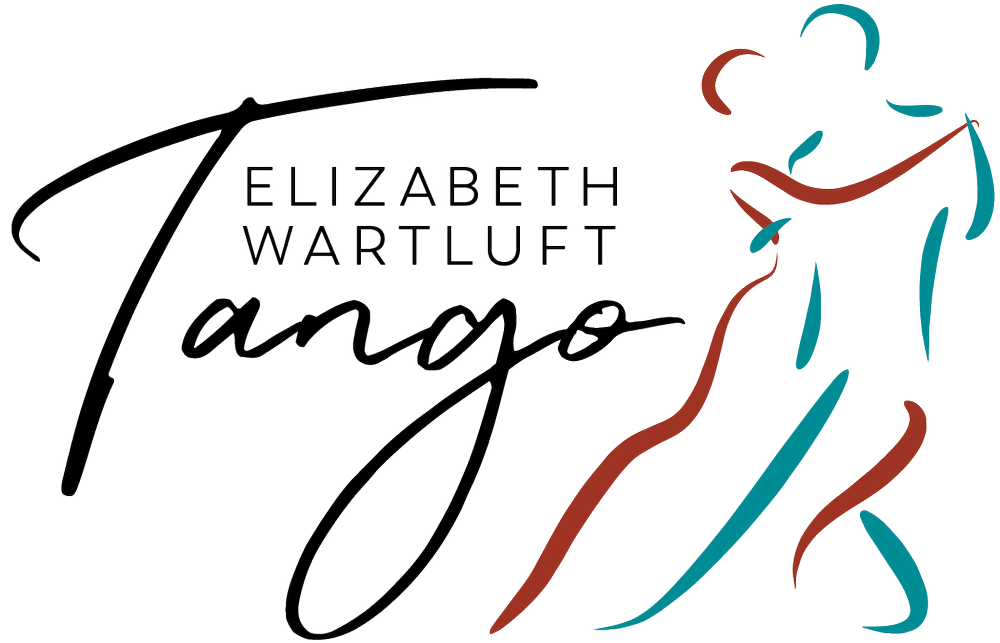Dancers often feel that they must remain “connected” with their partner above all other elements of tango. While I agree that staying connected energetically with that person is extremely important, sticking chest-to-chest but off-balance will NOT help your dance and may cause injuries. So, what can you do when the other person grabs you around the neck and hangs on you; locks onto your shoulder blade; or grabs the center of your spine and pulls? Here are some things you can do to protect your body.
Keep your shoulder blades anchored
Take your shoulder blades and squeeze them together on your back. The main muscles that do this are your rhomboids. Now widen your shoulder blades away from each other. The main muscles that do this are your serratus anterior. If you aren’t sure where these muscles are, stand with your hands against a wall, in front of the outside edge of your shoulders and your feet under you (not leaning). Move your shoulder blades together and apart. Think of this as shoulder blade pushups :-)
We are looking for a place where both sets of muscles are working to ANCHOR your shoulder blades, which helps keep your entire shoulder girdle in a healthy position.
Why does this help your tango?
For any move where you need to rotate your hips (ochos, boleos, etc.), you will have more mobility in your pivot because of the stability offered by your own upper body, even if your partner is not helping you remain stable.
If you are leading, you will step on your partners much less if you align your axis all the way from the floor through the crown of your head. Good shoulder position keeps you on balance and gives you more time to react to navigational and partner needs.
Your heart/chest area opens up and makes your partner feel that you are more connected. Try dancing hunched over vs. open at the heart: which feels better?
You breathe better when aligned better, which will help you panic less while leading or following. If you keep your calm and breathe, so will your partner!
This will not be easy to maintain for some time if you are weak in your middle back (I speak from experience). When you are at your lesson, feel free to ask me for exercises to help you.
Stabilize your lumbar spine
I can’t count the times that dancers have complained to me that their lower back hurts after dancing.
There are a couple of ways to approach lower spine stabilization.
Hug your belly button into your spine. Your transverse abdominus muscle hugs your middle like a corset. If you engage it in your deep belly, your lower back takes less of the load. The balance between front and back of the body also helps you with balance while moving and standing.
Kegels, Kegels, Kegels: lift your pelvic floor! Don’t clench your butt! If you can do this and hug your belly in, bonus. Remember, hug/energize/gently lift! this is never a clench/grip kind of movement!
Put your heels down! If you dance on your toes, you will eventually hurt your back.
Why does this help your tango?
It hurts less! Really, that’s the most important reason.
Your partner can feel your core and your legs and your feet better when you stabilize your lower spine, improving communication.
You have more space in your hips for movement, so your technique works better, freeing your legs for more difficult moves as a follower and helping all dancers balance better.
Fix your own dance first
I often hear people criticize other dancers for hurting them. Before I speak to someone about their dance, I try to use my best technique to protect myself. If that fails, I broach the subject to my partner (and not on the milonga floor). Only if that fails do I avoid dancing with that person. 95% of the time, we can make it work.
